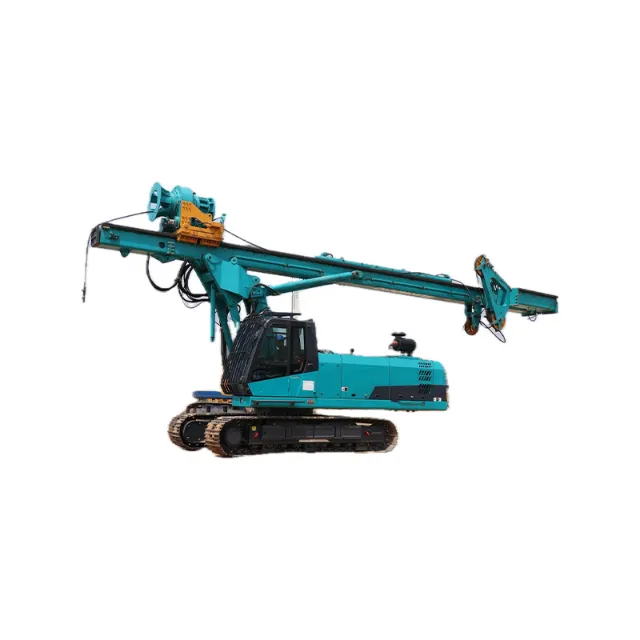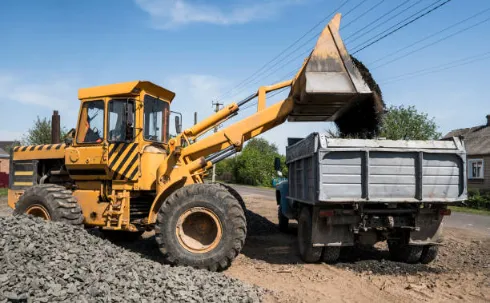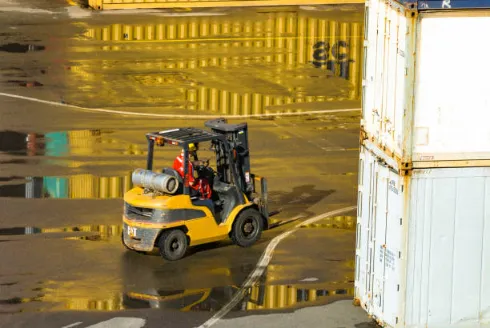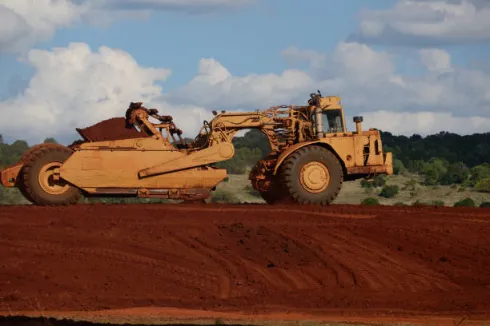
Introduction
Mining has always been about shifting massive amounts of earth. Take a close look at the equipment that pulls this off, and you’ll spot a key player: hydraulic cylinders. These devices turn hydraulic power into the pushing, lifting, and steadying forces that keep mining gear running strong in the toughest conditions.
A hydraulic cylinder for mining isn’t just any cylinder. It’s built with stronger steel, heavy-duty seals, and cushioning systems that can take the punishment of shock loads, dust, extreme heat, and bitter cold. In this blog, we’ll explore the top applications of hydraulic cylinders in mining—drilling, tunneling, hauling, crushing, and support systems—showing where they fit in and how they make operations more efficient.
1. Hydraulic Cylinders in Rock Drilling Machines
The Challenge
Rock drill trucks hit like supercharged jackhammers. They push drill bits into tough rock layers, making holes for explosives or planting anchors underground. But there’s a catch. Each hit sends shakes through the hydraulic cylinder. Those shakes can warp rods, wear out seals, and shorten the equipment’s life.
Cylinder’s Role
Feed cylinders push the drill string steadily into the rock.
Boom cylinders position and angle the drill mast.
Cushioning systems absorb repetitive shocks, reducing metal fatigue.
Without robust cushioning, they wouldn’t last the shift.
2. Tunneling and Underground Excavation
The Challenge
In tunnel boring machines (TBMs), every meter advanced underground relies on precision hydraulic systems. Cylinders here face continuous side loading and must work in confined, dusty environments with fluctuating temperatures.
Cylinder’s Role
Thrust cylinders push the cutting head against rock.
Gripper cylinders stabilize the TBM against tunnel walls.
Shield support cylinders hold ground pressure to prevent collapses.
Key Advantage: Hydraulic cylinders offer precise force control, allowing operators to adjust cutting pressure instantly—critical for safety in variable geology.

3. Hauling, Loading, and Dumping Operations
The Challenge
Haul trucks and loaders carry hundreds of tons of ore in a single trip. Cylinders must not only lift extreme loads but also withstand constant dust and temperature swings.
Cylinder’s Role
Hoist cylinders raise and lower massive dump beds.
Steering cylinders control turning of multi-ton machines.
Bucket cylinders on loaders tilt and curl to handle ore.
| Machine Type | Cylinder Function | Typical Stress |
|---|---|---|
| Haul Truck | Hoist bed lifting | Heavy load, dust, heat |
| Wheel Loader | Bucket control | Abrasion, shock loading |
| Underground LHD | Steering, boom lift | Confined space, heat buildup |
Observation: If a hoist cylinder leaks mid-shift, that truck is out of service. Multiply that by dozens of trucks, and downtime becomes the mine’s biggest cost enemy.
4. Crushing and Material Processing
The Challenge
Ore doesn’t magically shrink—it’s crushed. Crushers and mills depend on hydraulic cylinders to apply constant, adjustable pressure. These cylinders face high cycle counts and heat.
Cylinder’s Role
Jaw crushers use cylinders for toggle plate adjustment.
Cone crushers rely on hydraulic tramp release cylinders to prevent catastrophic failure when metal enters the chamber.
Grinding mills use cylinders for pressure application and liner changes.
Human detail: A maintenance engineer once noted that a stuck tramp release cylinder can mean hours of downtime while rocks pile up. It’s the kind of headache no one enjoys explaining during a production meeting.
5. Roof Support and Ground Stabilization
The Challenge
In underground mines, safety is literally overhead. Cylinders in roof support systems (like hydraulic props or shields) must hold thousands of tons of rock pressure, day and night. Any failure could be catastrophic.
Cylinder’s Role
Support props hold ceilings in longwall mining.
Advance cylinders move shields forward as coal is extracted.
Stabilizing cylinders maintain alignment against shifting rock.
Why it matters: Unlike a loader or truck, these cylinders don’t get a break. They hold pressure continuously, sometimes for weeks, which means seal integrity and rod strength are absolutely critical.
6. Surface Mining Equipment: Shovels and Excavators
Surface mines run fleets of hydraulic shovels and giant excavators. Their boom, stick, and bucket cylinders are among the largest hydraulic cylinders ever built.
Boom cylinders lift entire digging arms.
Stick cylinders control reach and depth.
Bucket cylinders exert crushing force against rock piles.
One look at these cylinders—often thicker than a person is tall—and it’s obvious why proper steel hardening and seal technology are non-negotiable.
Maintenance and Failure Signals to Watch
Even the strongest hydraulic cylinder for mining will show early warning signs when things go wrong:
Knocking or chattering noises → could mean air in the fluid.
Unusual jittering → worn seals or contaminated fluid.
Overheating → friction, misalignment, or wrong oil.
Slow or weak movement → internal leakage or low flow.
Ignoring these signals often means bigger problems later. Regular inspection and timely fluid replacement can double cylinder life.
Why Customization Matters
Not every mining machine uses standard dimensions. Tunneling rigs, rock drills, or underground haulers often require special strokes, coatings, or mounts. A custom-built cylinder is often the only way to match machine geometry and operating loads.
Here’s where Yantai Shining Hydraulic Technology CO.,LTD Customization Service comes in handy—tailoring cylinders for exact mining requirements, whether it’s a dust-proof seal package or non-standard bore size.
Why Choose Shining Hydraulic for Mining Cylinders
Yantai Shining Hydraulic Technology CO.,LTD focuses on building hydraulic cylinders for mining gear. They use top-notch machining, sturdy forged parts, strong seals, and tough testing. Their products hold up well in rough mining settings. These cylinders work in everything from drill trucks to loaders and roof supports. They offer lasting strength and sharp control, which helps cut downtime in challenging mines.
Conclusion
Hydraulic cylinders are all over mining. They drive drills, support roofs, lift buckets, break rocks, and guide trucks. Each job puts different pressures on their build, like handling shocks or standing up to constant force. What connects them is the need to keep working.
If a cylinder breaks, it doesn’t just mess up one task—it can stop everything. That’s why picking heavy-duty cylinders, made with shock-absorbing features, tough steel, and strong seals, is more than just a technical call. It’s a smart business move.
FAQs
Q1: What is the most common use of a hydraulic cylinder for mining?
Hydraulic cylinders are most often used in drilling, hauling, and support systems—anywhere heavy linear force is required.
Q2: How do hydraulic cylinders handle extreme mining temperatures?
Mining cylinders use special seals and materials rated for –25 °C to +120 °C, keeping performance steady even in deserts or freezing shafts.
Q3: What’s the advantage of custom hydraulic cylinders in mining?
Custom cylinders match non-standard machines like TBMs or special haulage equipment. They reduce downtime by fitting perfectly and working reliably.
Q4: What early signs show a mining cylinder is failing?
Look out for knocking noises, jittery movement, overheating, or slower cycle times. These often mean leakage, misalignment, or fluid contamination.
Q5: How often should hydraulic cylinders in mining be inspected?
Typically every 250–500 hours. High vibration and dust mean problems can escalate quickly if ignored.




